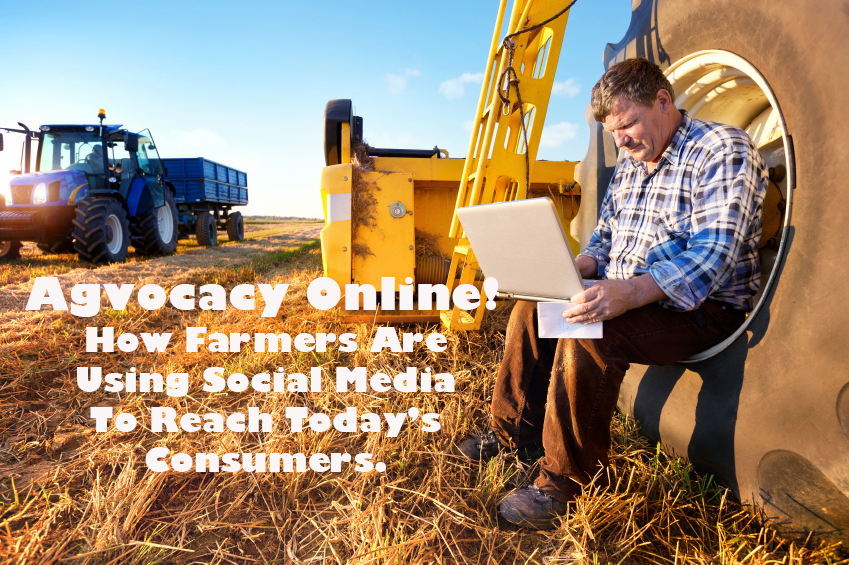

Agriculture has a perception problem and farmers across the country are waking up to it. With the average American being five generations removed from the farm and farmers now representing less than 2% of the general population, agriculture needs to get creative to reach the consumer.
Farmers have some distinct disadvantages when it comes to educating the public – farms are inherently rural and removed from population centers. The small number of farmers also makes communications a challenge. Fortunately, social media is bridging the gap between farm and fork and allowing proactive farmers and ranchers to communicate directly with consumers.
Young farmers have embraced social media to open their farms up to the public. Here in Missouri, hog farmer and Missouri Farm Bureau board member Chris Chinn has built a Twitter following around her farm responsibilities and agriculture advocacy schedule. Between her responsibilities on the farm, with Missouri Farm Bureau, and as a U.S. Farmers & Ranchers Face of Agriculture, Chris keeps a running conversation going on her Twitter feed and personal blog.

Many agvocates have also taken to sharing their stories of life on the farm on blogs and cross posting to social media. These longer-form approaches allow for more in-depth explanation of modern agriculture and lengthy discussions in their comments. Blogs like Daddy’s Tractor, Dairy Carrie, and Agriculture Proud begin discussions that often overflow on to Facebook and Twitter.
Embracing the concept of “showing” over “telling” that drives much of social media today, Facebook has become the go-to choice for many social-media savvy agriculture supporters. With Facebook’s emphasis on images and sharing, both individual farmers and umbrella organizations have built large followings by using Facebook as their base. National organizations like the U.S. Farmers & Ranchers Alliance and Protect the Harvest have followers numbering in the hundreds of thousands and have become virtual meeting places for farmers and consumers to meet and discuss agriculture.
My own organization, Missouri Farmers Care, is a unique coalition of agriculture cooperatives, associations, and companies that has used Facebook as an effective message multiplier by sharing materials related to both agricultural education and important policy priorities.

While work on the farm keeps many in agriculture too busy to visit their customers in suburban and urban communities, social media is becoming an increasingly important tool to bridge the rural/urban gap. As time goes on and even more mediums are created the importance of social media will only grow.

